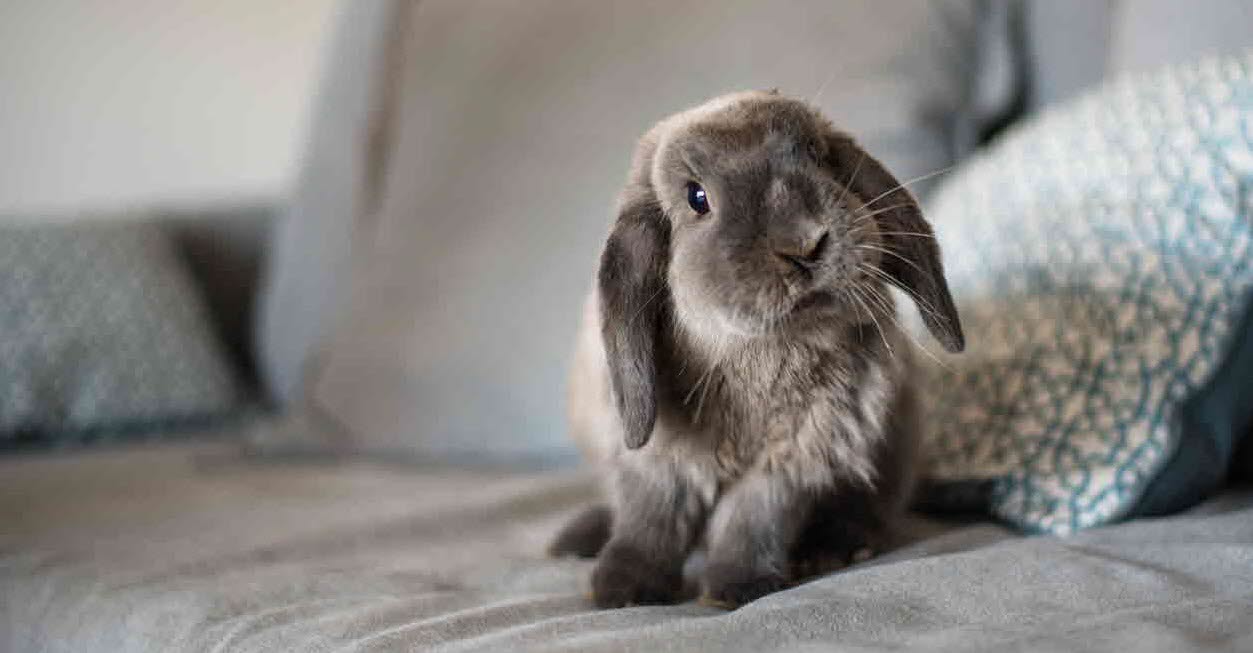What does it cost to own a pet?

For many Australians these days, pets are no longer just seen as companion animals but have become true members of the family. In November 2016, Animal Medicines Australia released an updated report on Pet Ownership in Australia, after releasing their first in 2013. This report provides useful insight into pet ownership statistics in Australia.
Pet ownership statistics – what’s changed from 2013 to 2016?
In 2016 it was estimated that there were more than 24 million pets in Australia. Australia continues to have one of the highest household rates of pet ownership in the world with around 5.7 million of Australia’s 9.2 million households or 62% of households having a pet.
Dogs remain the most popular type of pet with almost two in five households (3.6 million) owning a dog. There was an estimated dog population of 4.8 million in 2016; that’s 20 dogs for every 100 people. The dog population rose by approximately 600,000 dogs from 2013 to 2016.
Cats were the next most popular type of pet with nearly three in 10 households (2.7 million) owning a cat. While cat ownership remained stable from 2013 to 2016, the cat population increased from 3.3 million to 3.9 million during that period; that’s 16 cats per 100 people.
Fish were the most numerous type of pet, with a total population of 8.7 million in 2016 (down by 2.4 million compared to 2013). Bird ownership is also down by 11% (526,000 birds) compared to 2013 with a total bird population of 4.2 million in 2016. There were close to 2.5 million other pets in 2016 including 537,000 small mammals and 415,000 reptiles.
The decline in fish and bird ownership led to a fall in Australia’s total pet numbers by almost 9% from 2013 to 2016. However, while the pet population shifted, household penetration of pets remained stable overall (63% in 2013 versus 62% in 2016).
Barriers to pet ownership in Australia
More than half (53%) of Australians would like a new type of pet, but of those only 13% confirmed that they intended to buy a pet in the next 12 months, which indicates there are barriers to owning a pet.
The shift towards higher-density housing in urban areas of Australia is seen as a big threat to pet ownership in Australia. However, this may change as strata rules that exclude pets in multi-dwelling developments are being relaxed throughout the country. The rules are state-based, so check with your local authorities to see what type of pets are acceptable in flats or apartments in your neighbourhood.
Other barriers to pet ownership cited include having an unsuitable home or lifestyle, the responsibility of pet ownership, cost involved with caring for a pet and the fact that other members of the household aren’t keen on pets.
The emergence of the fur baby
Times have certainly changed for pet owners in recent years. A higher proportion of Australians live in households with a dog and/or cat than with a child. It’s a compelling statistic. More than 50% of us live in a household with at least one cat and/or dog in it, whereas 35% share their household with at least one child aged under 16.
This might explain why Australian households are spending more than $12.2 billion annually on pet products and services. This is an increase of 42% from 2013 to 2016. More than a third of expenditure is on food ($4.2 billion), followed by veterinary services ($2.2 billion) and then other healthcare or general pet products. Expenditure by pet type has dogs leading the way at $7 billion, followed by cats at close to $4 billion.
In 2016 there was a marked increase in cats and dogs being viewed as part of the family with 65% of households with dogs and 66% of households with cats regarding them as part of the family. The term ‘fur baby’ has been used to describe this phenomenon, with both the Oxford English and Macquarie Dictionaries including the term in 2015.
There’s also been a shift in thinking about the role of veterinarians from 2013 to 2016 with pet owners increasingly viewing the role of their veterinarian as being to keep their pets healthy, not just to treat them when they are sick. Topping this list of the most common reasons for veterinary visits was check-ups, followed closely by vaccinations, and then illness or injury and finally for de-sexing.
Healthcare products
Parasiticides (treatment for external and internal parasites) for dogs and cats make up 64% of all pet healthcare products sold in Australia. Vaccines and antisera are the next largest product category, accounting for 15% of manufacturer product sales in 2016.
Rates of de-sexing have remained stable for both dogs and cats since 2013. Microchipping and registration of dogs and cats is compulsory across most states and territories and rose from 2013 to 2016 (up 7% to 83% of dogs and up 9% to 72% of cats nationally). More information on microchipping can be found here.
Reference
Animal Medicines Australia, Pet ownership in Australia: Report. http://animalmedicinesaustralia.org.au/wp-content/uploads/2016/11/AMA_Pet-Ownership-in-Australia-2016-Report_sml.pdf. 2016
